Introduction to Electrostatic Plotters
Electrostatic plotters represent a specialized category of printing devices, engineered for precision and efficiency in transferring designs onto various media. Unlike standard printers, these plotters excel in producing line-by-line reproductions of images, utilizing a dynamic array of pens or printing materials. Their application extends across a spectrum of materials, from textiles to more rigid substances like PVC or rubber.
Types and Applications
The versatility of electrostatic plotters is evident in their ability to accommodate different sizes and types of printing media. These plotters are not limited to standard A-4 paper but can process a wide range of materials, making them suitable for diverse industries. From garment printing to creating patterns on non-metallic surfaces, their applications are extensive and varied.
Features and Materials
Electrostatic plotters are equipped with automated arms that hold pens in primary colors like Cyan, Magenta, Black, and Yellow, enabling multi-color ink printing. The integration of multi-functional knives within these plotters allows for both cutting and writing, enhancing their utility. Additionally, the presence of a digital timer and temperature controller in these machines underscores their commitment to precision.
Advantages of Electrostatic Plotting
One of the significant advantages of using electrostatic plotters is their swift production capability. These machines facilitate continuous operation without the need for frequent design reloads, as patterns can be stored on compatible memory disks. This feature is particularly beneficial for tasks requiring mass production at accelerated speeds.
Compatibility and Adjustability
The adaptability of electrostatic plotters is further highlighted by their compatibility with popular design software like CAD and Corel Draw, as well as International standard interfacing. This ensures that they can seamlessly integrate into various production workflows. Moreover, the adjustable components of these plotters are designed for longevity and user convenience, catering to a range of production demands.
Choosing the Right Electrostatic Plotter
Selecting the appropriate electrostatic plotter involves considering the required pressure, precision, and material feeding size. These plotters are also available with multi-functional heads, suitable for an array of tasks including punching, cutting, and marking. The transmission systems are designed with efficiency in mind, featuring options like step motors, synchronous belts, or linear guides.


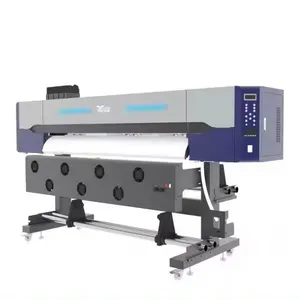





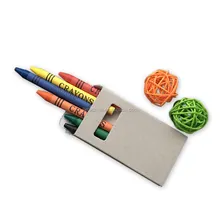
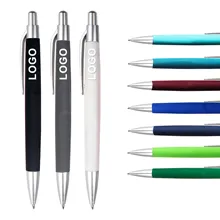

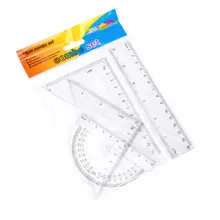
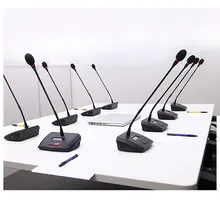





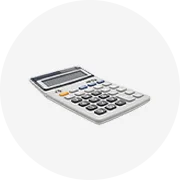
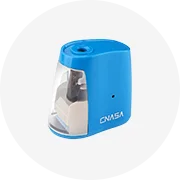
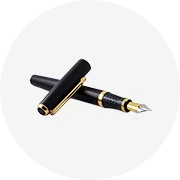
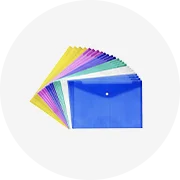

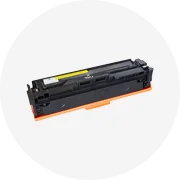




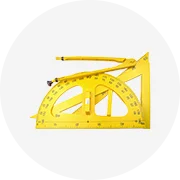

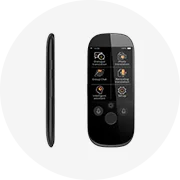











 浙公网安备 33010002000092号
浙公网安备 33010002000092号 浙B2-20120091-4
浙B2-20120091-4